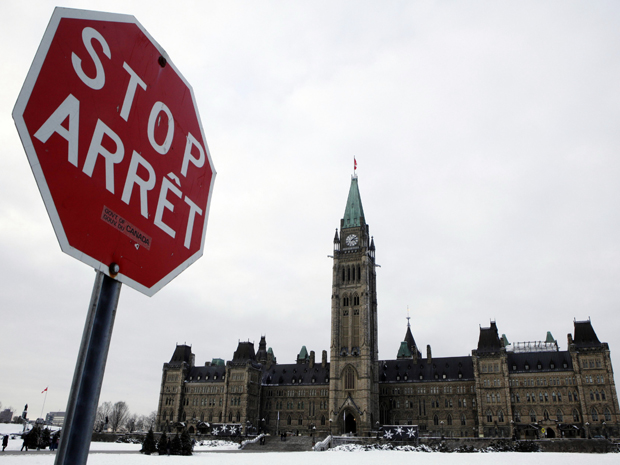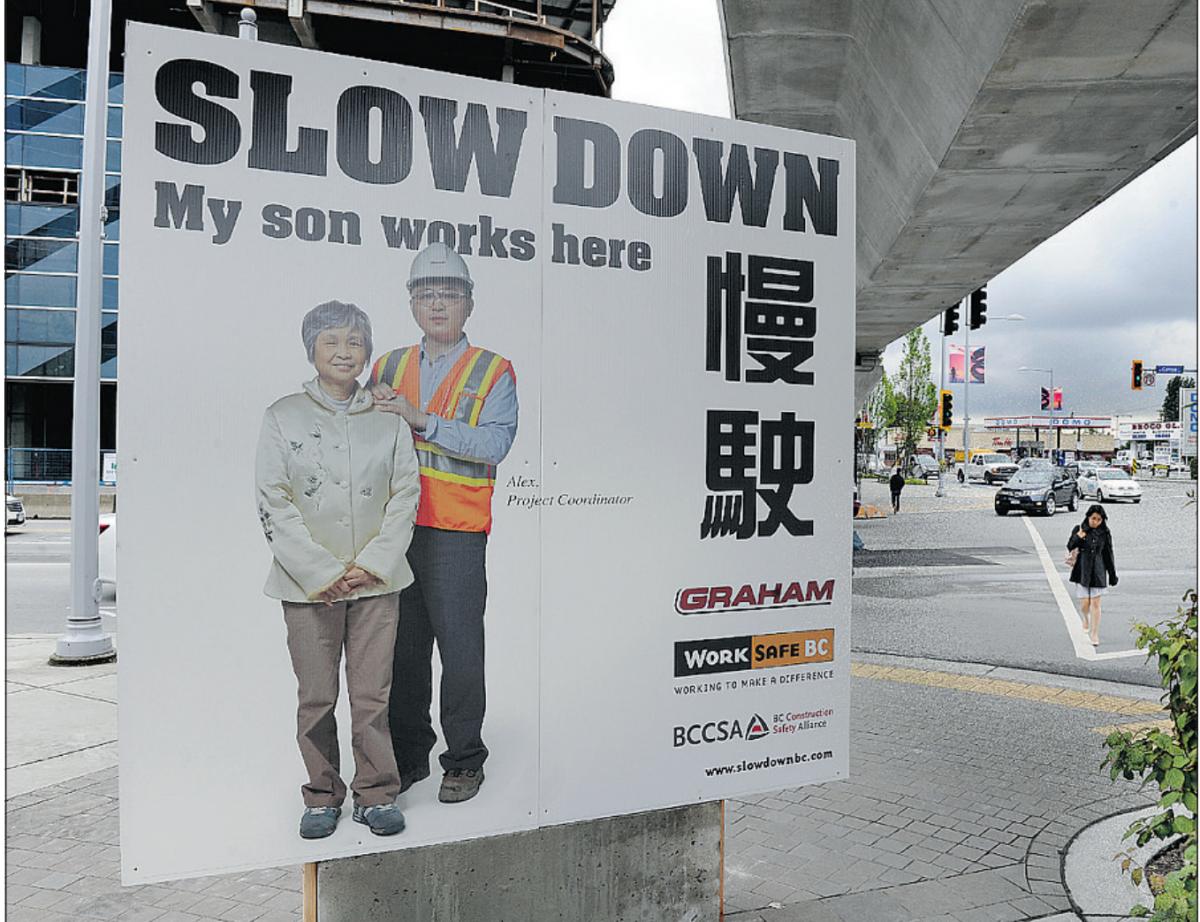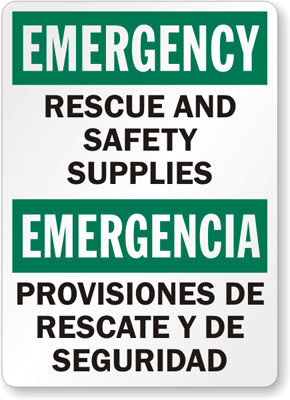Convenience or Culture: Canada’s Bilingual Sign Feud

French Canada enforces strict language laws for both road and commercial signs. (Reuters)
June 25, 2012 — French Canada is known for its strict language policies, that require French to be displayed larger and more prominently on all signage. Certain businesses and chains whose brands are in English are given exception to this law, but are obliged to include French descriptions beneath their signs. Recently an argument has erupted between certain businesses like Home Depot and Old Navy who refuse to include the French.
For Canada, the issue of language is about preserving the unique linguistic landscape of the region. French language is extremely important to the residents, and as globalization increases the number of monolingual Canadians, the French-speaking provinces feel their culture is reflected in strict language laws that govern the linguistic choices of the area. While signage is only a small piece of that puzzle, it is important to the region’s attempts at cultural preservation.

This sign is written in both English and Gaelic and posted in Scotland. (via KarenandArt.com)
In Scotland, Scottish Gaelic signs continue to appear on road signs as the country introduces bilingual signs in hopes of changing the local attitude toward learning the language. There has been a recent push to increase fluent speakers as the numbers have strongly declined over the past 15 years. For Scotland, the hope is that bilingual signage will stimulate linguistic acceptance of the local language.

English-Chinese signs have popped up at construction zones in British Columbia. (Via VancouverSun.com)
Meanwhile, in British Columbia, construction zones are using bilingual signs in both Chinese and English to catch drivers’ attention. While these signs are supposed to use mutually intelligible symbols to convey their information, drivers say seeing notices in their own language make them more aware.

Bilingual signs are often necessary in areas where non-native or non-fluent speakers need the information to be conveyed quickly and clearly, like in an emergency. (Via SmartSign.com)
Examples like these beg the question: are bilingual signs useful for cultural reasons or because monolingual speakers of other languages do not understand? In many areas of the United States, especially along the borders of Mexico, bilingual parking signs and traffic signs help Spanish speakers on the road. These signs have become a necessity with the region’s increase in non-English speakers. However, in other countries, like Canada and Scotland, the fight seems to be for linguistic and cultural recognition, as opposed to comprehension. Whatever the reason, it is apparent that bilingual signs are useful for multiple reasons and situations.
– K. Howitt














